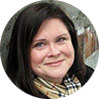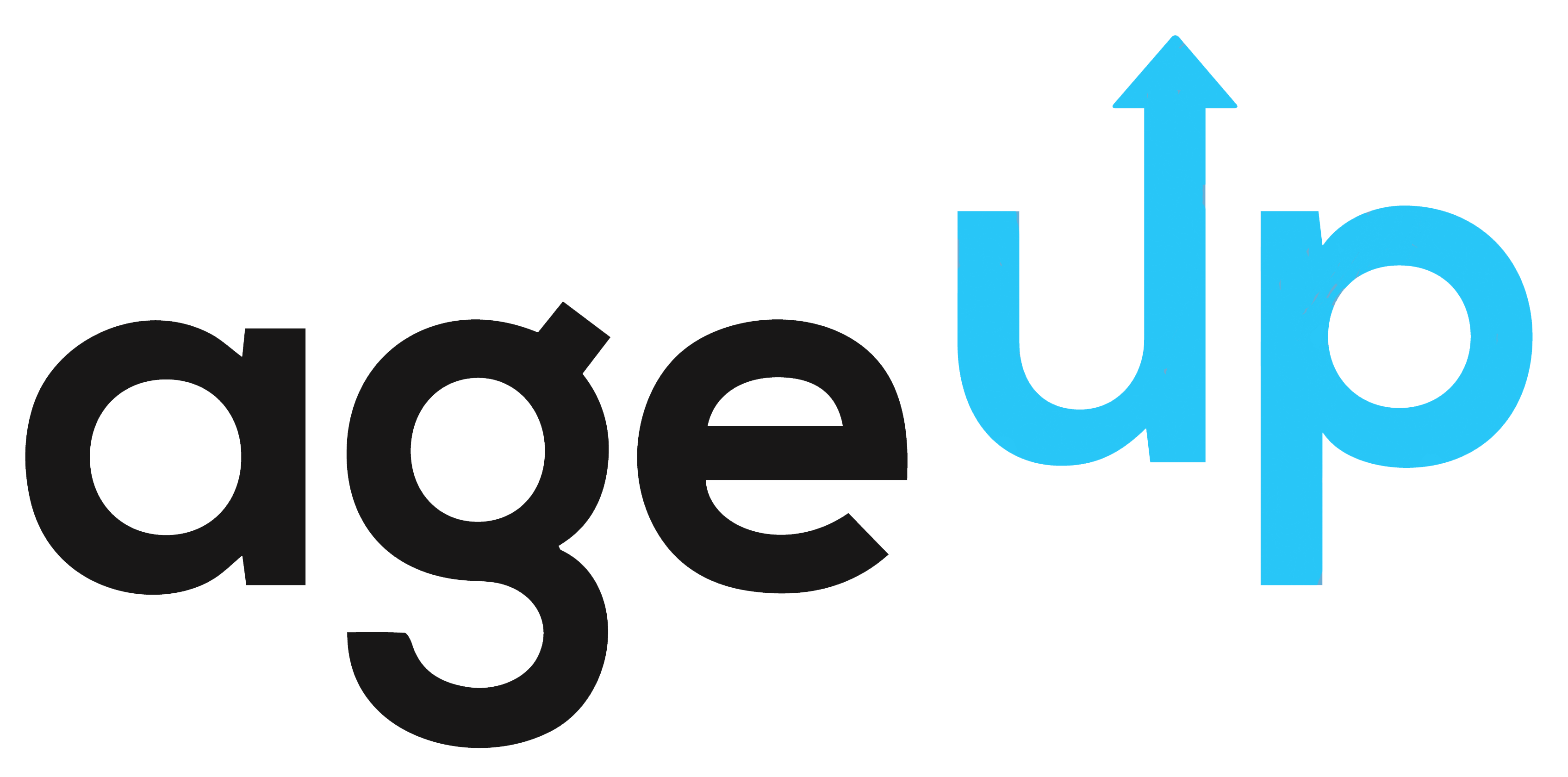Leaving a career to raise a family can be very rewarding. There are volunteer opportunities at every turn, field trips to chaperone, play dates to host, and best of all, getting to know your children at their very core.
However, what happens when the kids get a little more self-sufficient, and (well) expensive? When the specter of college tuition and other “launching” expenses find their way into the family budget? Is there any easy way to reboot your career after mixing hundreds of batches of homemade playdough? Will returning to work in middle age be possible or even desirable? Is there a way to reinvent yourself that seems challenging, authentic, and a good fit for your life circumstances?
This is just the position that Kim Halvorson (age 54) found herself in 6 years ago. After a career in Seattle-area high tech and 14 years running a small publishing company, Halvorson left it all behind to be with her two boys, Henry and Felix. “I loved volunteering at school and sewing costumes for my son’s theater group, but kids grow up,” Halvorson said. “They still need us as teenagers and young adults, but in very different ways.”
Halvorson is not alone in her transition to middle age and finding work and meaning after 50. Others like her are believers in the “Third Act” movement. This is a term psychologists use to describe the extra “bonus” years many adults have as they age in contemporary society. Due to improved health care and a better understanding of how we age, people today are living on average 34 years longer than their great-grandparents did.
What will all these aging Americans do with this precious time? For many like Kim Halvorson, it means taking stock and retraining to take on new career challenges.
Halvorson began her discernment process by making a long list of criteria for the next active phase of her life. She determined that her “Third Act” would need to prioritize flexible work hours and finding a way to remain involved in her local community. “I still wanted to go to my kids’ track meets and plays, and also travel with my husband when the opportunity presented itself.” Kim has been married to Michael for 30 years. “Sometimes, my parents or extended family also need a little extra help. I need to be available.”
Kim didn’t want another inventory-based business because these companies typically involve tracking thousands of items and endless trips to UPS. “Managing printing and distribution of a product was great when I was younger, but I was interested in something with a smaller footprint.” Another priority was working with people who were creative and artistic. “I have always loved working with technology and art in equal measures, and I absolutely love my clients.”
When Kim Halvorson started in high-tech in the 80s, the internet wasn’t a thing that “regular” people had access to; it was a system for military planners and academics to send packets of digitized information. Fast-forward 30 years and the internet offers opportunities for workers and artists that were not available in the past.
Halvorson settled on web design as a new occupation as there appeared to be many opportunities for training in the new industry. She also noticed that a lot of people needed new websites. “My background in visual design, marketing, computer science, and customer service fit nicely together. Conversations about the web and websites also seemed very common in the early 2010s. My experiences with quilting and textiles allowed me to see how images and content could fit together on electronic pages. Who knew?”
Armed with a 1986 degree in Business Administration from Western Washington University, Halvorson returned to school at the University of Washington and earned a professional certificate in Web Design. “I was the oldest person in the program, and I had to work really hard to keep up,” Halvorson recalls. Her family cheered her on and took on additional responsibilities around the house. The family ate a lot of take-out that year, but they all remember the transition as a fun time. Brad Wressell, a family friend in the web design field mentored Kim and gave her helpful guidance.
When the UW certificate program was complete, only a quarter of the students finished the coursework. “The UW cohort that I started in began with 23 students, but by the end of the year, there were only 6 left. I was one of them.” From that experience, Kim gained an important perspective. “I learned one of the most valuable lessons of my life that year about aging. It doesn’t matter how old you are or how fast you learn. It doesn’t matter how many times you need to repeat a process to get it right. What matters is that you keep learning and continue to push yourself out of your comfort zone.”
Research indicates that Kim Halvorson’s story is not unique and that success in changing careers after 50 is within everyone’s reach. The following principals can be used to guide your planning and AgeUp experience:
1) Seek new opportunities. Many jobs today (like user interface designer and web designer) didn’t even exist 20 years ago. There are more opportunities for retraining than ever before, and if you jump in with something new, you are virtually entering on the ground floor.
2) Find wisdom in your age. Believe it or not, your lifetime of experience and fortitude will take you farther than those who do not have your life experience. One employer we talked with said that their middle-aged workers tend to be more reliable, better team players, and more resilient than younger counterparts.
3) Follow your passion. As your financial responsibilities ease (through homes being paid off or children finishing college), finding that “big job” is no longer as important. When you are not climbing the corporate ladder, you just might find a job that is more rewarding.
4) Change the pace. Are you tired of the frantic pace of your work? Living a calmer more peaceful life can be an advantage of changing careers once you settle into your new role. Leave some salary (and long hours) behind to take off the stress.
5) Give back. After working in the private sector, consider joining a non-profit. The pay may be lower but offering a lifetime of skills to an organization that you believe in could be a rewarding way to spend your “Third Act.”
Kim Halvorson offers some final thoughts on her journey to find a new career. “I honestly love my work and my clients. I believe that if I keep my skills up, web design is a job that I can do until I am 95.”
 Kim Halvorson is a wife, mother, web designer, and content wrangler. Kim’s AgeUp is… “Learning something new every day!”
Kim Halvorson is a wife, mother, web designer, and content wrangler. Kim’s AgeUp is… “Learning something new every day!”

